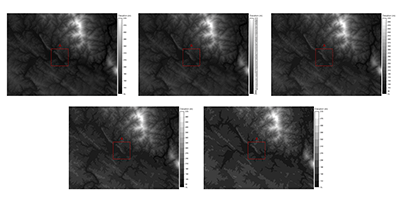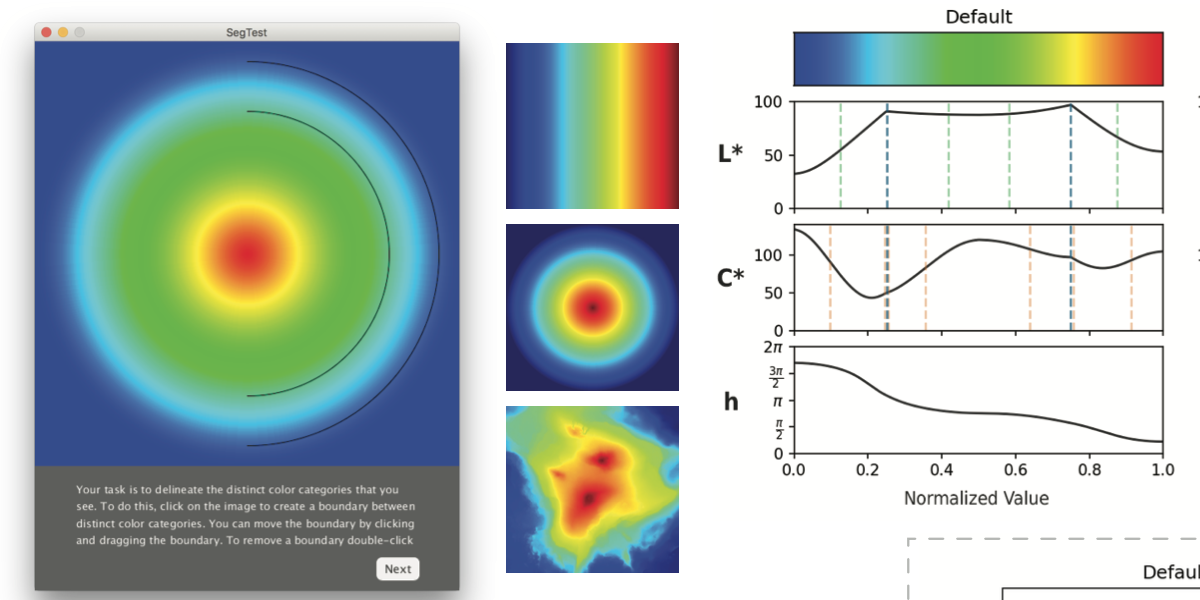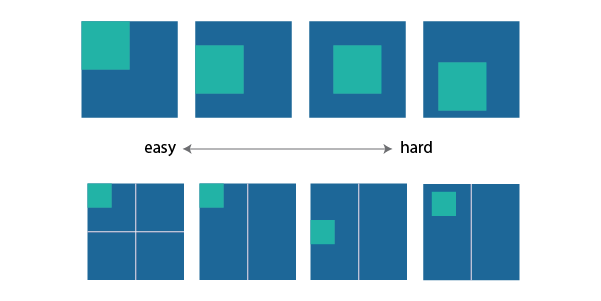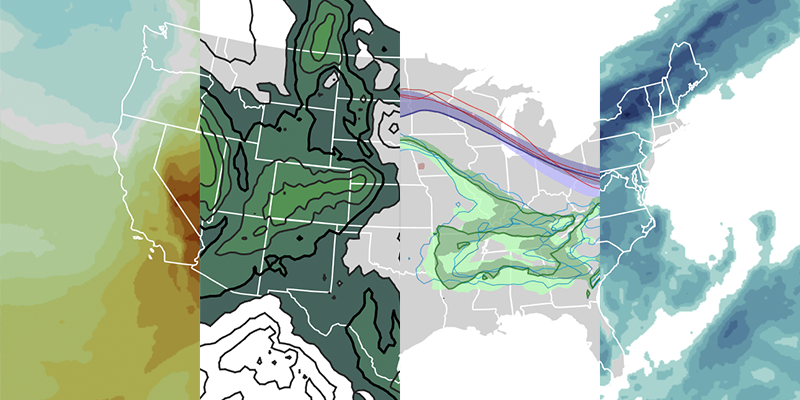
Binning Continuous Data
Are continuous color maps actually more beneficial than discrete ones? What is the relation to data and task?

I'm a PhD student at the University of Utah, working with Miriah Meyer as part of the Visualization Design Lab. My thesis focuses on what conflicts between existing visualization guidance and the real-world practices found in other domains can teach us about how human cognition interacts with visualization design.
My current research concentrates on how specific visualization design choices (especially those regarding interactivity, color, and aesthetics) affect people's decision-making processes, as well as how we can structure evaluations to more meaningfully reflect real-world judgments. I am incredibly interested in expanding this line of questioning to include how design choices impact artistic judgments and creativity support.

Are continuous color maps actually more beneficial than discrete ones? What is the relation to data and task?

Are rainbow color maps implicitly discretized and, if so, what does that discretization look like? Is the answer consistent across individuals?

Can we understand the heuristics people use and leverage that to establish guidelines for more effective area judgments?
How do area estimation heuristics impact the cognitive load in existing bayesian reasoning visualizations? How might this compare to existing debiasing strategies, such as natural frequencies?
Can freeing up cognitive resources enable better judgments by the average lay-person? Does this help explain the apparent benefits of interactivity in bayesian reasoning problems?
How do we run empirical studies that more accurately reflect the complexities of the real-world decision making processes, especially those involving experts?
I spent some time digging into this subject, specifically in an attempt to assess the impact of different types of uncertainty visualizations on meteorological judgments. The expanded design based on our pilot results wound up requiring resources that were not feasible at the time. I still find the underlying problem fascinating, however, and would like to revisit it.
Over the summer of 2016, I had the opportunity to intern at Walt Disney Animation Studios looking at what level of visual complexity matters in artists' viewports and the extent to which that depends on their specific tasks. I'm looking to return to to this application area after graduation, pushing for the development of a body of empirical evidence for how specific UI design choices (visual complexity, interaction, etc.) impact artistic judgments and support creativity.

A prototype system that we developed as part of a design study working with meteorologists in decision support roles such as wildfire prediction.
Learn more